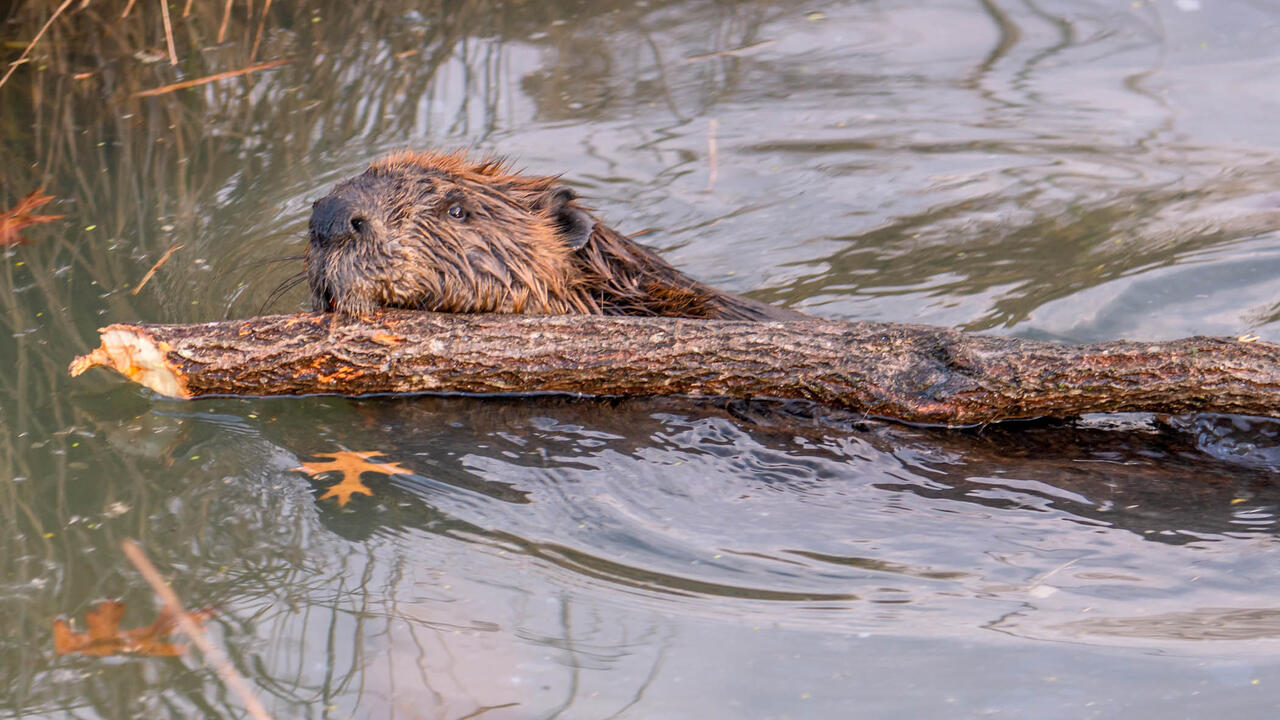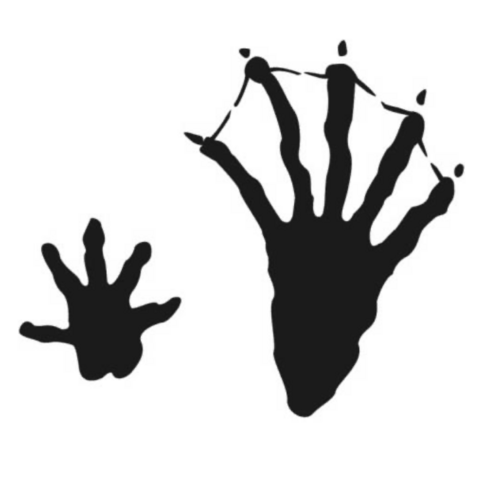Extension for Real Life
How to Identify White-Tailed Deer and Beaver Tracks

AdobeStock_391053529 copy
Have you ever been on a walk in the woods, park, or backyard and noticed animal tracks in the mud or dirt? Some tracks are easy to identify, while others are a bit harder to tell which animal they belong to. It’s a fun guessing game trying to figure out which animal has been visiting nearby.
When examining animal tracks, ask yourself a few questions:
- How many toes does the animal have?
- Are there claw marks?
- Is the front or rear foot larger?
- What are the general shapes of the tracks?
- How long and wide are the tracks?
Thinking through these questions will help you be on the right path to discovering the mystery critter.
In previous posts, we highlighted what raccoon, opossum, Eastern gray squirrel, and red fox tracks look like.

White-Tailed Deer
- It has two toes per foot with occasional dewclaws.
- Its tracks are symmetrical.
- Each track looks like an upside-down heart.
- The front tracks are slightly larger than the hind.
- Tracks typically range from 1½ to 3 inches long and 1 to 2½ inches wide.

Beaver
- It has five toes per foot, and the hind toes are webbed.
- Rear tracks are over 4½ inches in length.
- Front tracks are much smaller, averaging around 2 inches long and wide.
- Tracks will often have tail and fur marks around them.
Special thanks to our friends at University of Maryland Extension and Maryland Department of Natural Resources for the great resources!
Authors
-
 Marketing & Communication Coor
Marketing & Communication Coor- Agricultural Communications